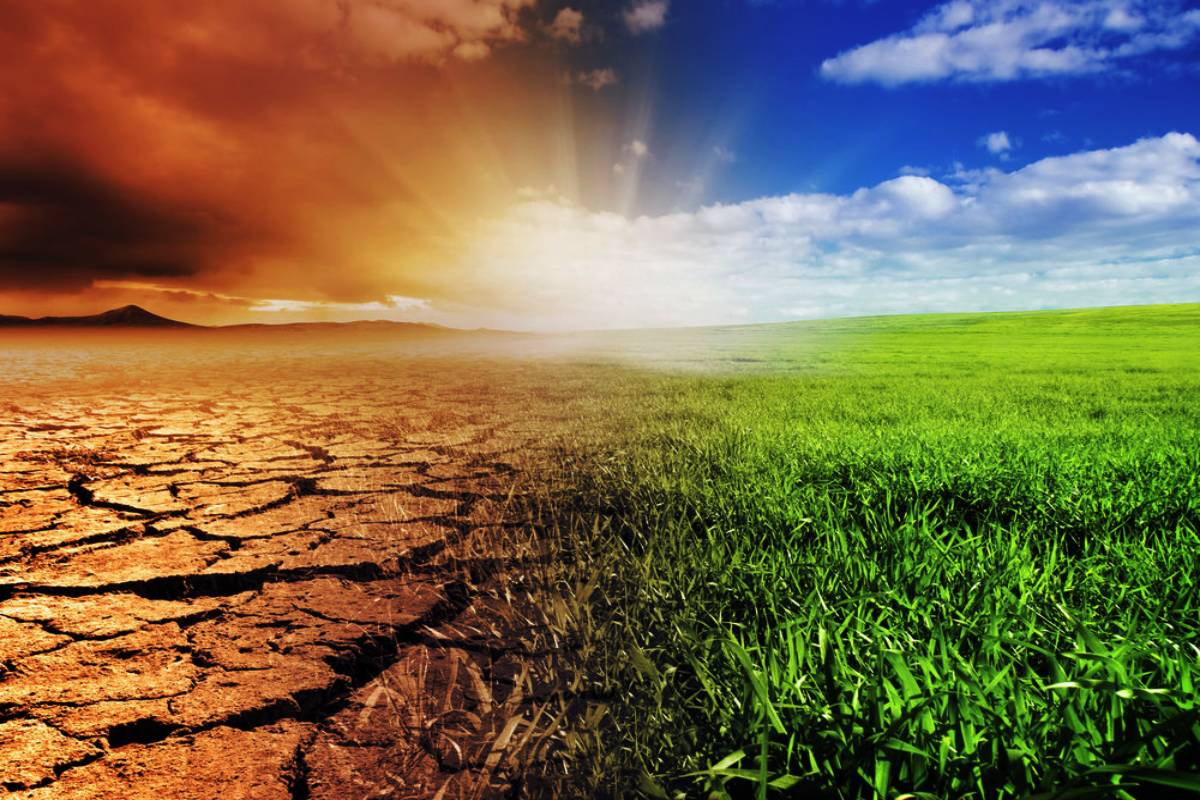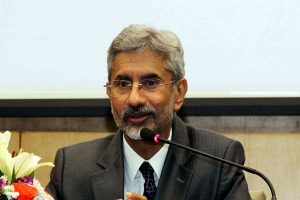Global efforts to combat climate change, culminating in the annual Conference of the Parties (CoP) meetings, have shown some new thinking about how international treaties, the main mechanisms for cooperation, can be made more effective. But the central point which needs highlighting is that a distinction must be made between the focus of the Global North on ‘mitigating’ climate change by reducing carbon emissions, and the need of developing countries for ‘adaptation’ to the carbon already in the atmosphere. This is not to argue that developing and underdeveloped countries should not work zealously on mitigation efforts but to underline that adaptation strategies, equally, need to be at the centre of climate negotiations. Africa is an exemplar of the urgent global political will required to ensure this.
Climate change continues to cause devastation in Africa. The impacts of climate change on the continent which has some of the world’s poorest countries are being exacerbated by the impact of global shocks such as the Covid-19 pandemic, the food and energy crisis, and the ongoing war in Ukraine. The financing needs helping Africa enhance its resilience and to be better prepared for a rapidly changing climate are enormous. A recent analysis by the Climate Policy Initiative and the Global Centre for Adaptation shows that an annual average of $29.5 billion in climate finance was committed to helping Africa in the years 2019 and 2020. Of this amount, about $11.4 billion, or 39 per cent, was for adaptation investments. Further analysis of Nationally Determined Contributions (NDCs) also indicates that the adaptation finance needs for the continent over the period 2020-30 are close to $580 billion.
Advertisement
Unless adaptation finance increases substantially in Africa, a gap of $453 billion will accumulate over this decade. A recent research paper by Ede Ijjasz-Vasquez and Jamal Saghir makes the point that in order to increase the level of adaptation financing, it is important to see it not as a sunk cost to reduce the impact of disasters but as mainstreaming adaptation in economic sectors and selecting investments that enhance the resilience of communities and nations that can have high levels of economic benefit-to-cost ratios. The IMF projects growth in sub-Saharan Africa to slow sharply from the recovery path of 2021 when GDP grew 4.7 per cent, and be close to 3.6 per cent in 2023. The global economic slowdown, tight finances, and inflation are impacting the region in terms of high food and energy prices.
Public debt and local inflation are at very high levels. To understand the benefits of a sustainable recovery investment programme that puts adaptation and resilience at its core, the authors modelled for several African countries and compared a traditional stimulus package versus a package centred around the most needed adaptation and development programmes. In every country, the economic returns and jobs generated were higher in an adaptationfocused stimulus package. Proof, if any were needed, that the time to act is now











